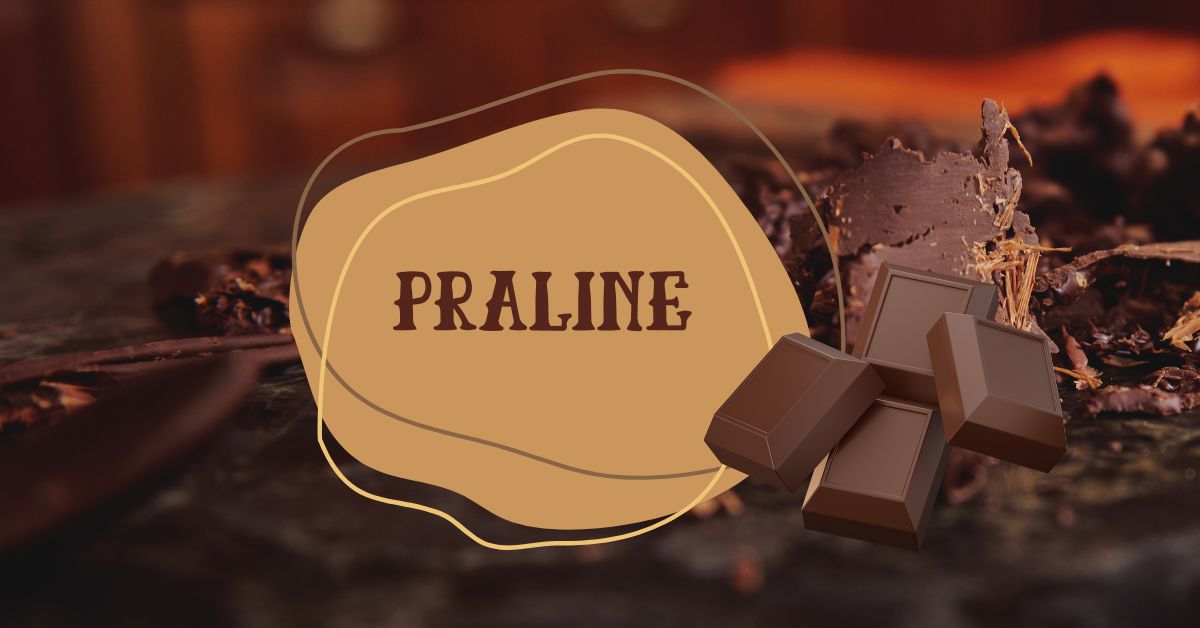Grenadine is a vibrant red syrup famous for its sweet and tangy flavor, commonly used in cocktails, mocktails, and desserts. Originating from the French word “grenade,” meaning pomegranate, grenadine has a rich history that stretches across centuries. This syrup is more than just a drink enhancer; it’s a culinary staple that adds color, flavor, and charm to countless recipes. Whether in classic drinks like the Tequila Sunrise or in simple sparkling water, grenadine has maintained its popularity due to its versatility and distinct taste.
History of Grenadine
Grenadine’s roots trace back to the Mediterranean, where pomegranates were cultivated extensively. Originally, grenadine was made purely from pomegranate juice and sugar, creating a naturally sweet and tart syrup. Over time, as trade expanded, grenadine became more widely available in Europe and North America, gradually becoming a bar essential. In the 20th century, commercial versions of grenadine often included artificial flavors and colorants, but traditionalists still prefer the authentic pomegranate-based version.
Ingredients Used in Grenadine
Traditional grenadine is surprisingly simple, typically made with pomegranate juice, sugar, and a touch of lemon juice to balance sweetness. Some recipes incorporate orange blossom water or other natural flavorings to enhance aroma. Commercial grenadine may contain high-fructose corn syrup, artificial flavors, and red dye, which makes it important for consumers seeking authenticity to check labels carefully. The simplicity of ingredients is part of what makes homemade grena’dine so appealing.
How Grena’dine Is Made
Making grenadine at home is straightforward. Fresh pomegranate juice is simmered with sugar until the mixture thickens into a syrupy consistency. Lemon juice is then added to brighten the flavor and extend shelf life. This homemade method allows for a more natural flavor and avoids unnecessary additives. Commercial production, however, often relies on synthetic pomegranate flavor and coloring to maintain consistency and lower costs, sacrificing some of the original tartness and aroma.
Uses of Grenadine in Cocktails
Grenadine is a cocktail staple. Its vivid color and sweet-tart flavor make it ideal for layering drinks, creating visually stunning beverages like the Tequila Sunrise or the Shirley Temple. Bartenders also use grena’dine to sweeten whiskey, rum, or vodka cocktails. Its ability to balance strong alcohol flavors while adding a pleasant hint of pomegranate makes it a versatile ingredient behind the bar.
Uses of Grenadine in Non-Alcoholic Drinks
Grenadine is not just for alcoholic beverages. It’s widely used in mocktails, soda mixtures, and fruit punches. Classic non-alcoholic drinks like the Shirley Temple or Roy Rogers rely on grena’dine for their signature color and flavor. Even simple sparkling water or lemonade can be transformed with a dash of grenadine, making it popular for family-friendly beverages and party drinks.
Grenadine in Cooking and Baking
Beyond drinks, grenadine can be incorporated into cooking and baking. Chefs use it to glaze meats like duck or chicken, infuse desserts like cakes and tarts, and even flavor sauces or syrups. Its tangy-sweet profile pairs well with both savory and sweet dishes, giving recipes a bright pop of color and flavor. Creative home cooks often drizzle grena’dine over ice cream or mix it into yogurt for a quick flavor boost.
Health Benefits of Grenadine
When made from real pomegranate juice, grenadine can offer some health benefits. Pomegranates are rich in antioxidants, vitamins, and minerals that support heart health, reduce inflammation, and aid digestion. However, it’s important to remember that grena’dine contains added sugar, so moderation is key. Homemade grenadine without artificial additives retains more of the natural nutrients of pomegranate juice.
Commercial vs. Homemade Grenadine
The difference between store-bought and homemade grenadine is significant. Commercial versions often prioritize color and sweetness over authentic flavor, using artificial ingredients to achieve consistency. Homemade grena’dine, on the other hand, offers a richer, more natural taste and allows you to control sweetness and additives. For cocktail enthusiasts and health-conscious consumers, homemade grenadine is the preferred choice.
Cultural Significance of Grena’dine
Grenadine has cultural relevance in various regions. In the Middle East, pomegranate-based syrups are traditional and used in both drinks and cooking. In Western countries, grenadine became synonymous with colorful cocktails and festive beverages. Its visual appeal and versatility have made it a symbol of celebration, often associated with parties, holidays, and family gatherings.
Tips for Storing Grenadine
Proper storage extends grenadine’s shelf life. Homemade grena’dine should be kept in a sealed container in the refrigerator and can last up to a month. Commercial grena’dine often contains preservatives, allowing for a longer shelf life even at room temperature. To maintain flavor and color, avoid exposing grenadine to excessive heat or direct sunlight.
Creative Grenadine Recipes
Grenadine can be used in countless creative ways. Try a grena’dine spritzer by mixing sparkling water with a splash of grena’dine and a squeeze of lime, or use it as a drizzle over pancakes and waffles for a fruity twist. Cocktail enthusiasts can experiment with grenadine in layered drinks, punches, and dessert cocktails, while bakers can incorporate it into frostings and glazes.
Grenadine Substitutes
If you run out of grenadine, there are alternatives. Pomegranate molasses mixed with sugar or honey can mimic the flavor, while cranberry or raspberry syrups can provide a similar tart-sweet profile. Each substitute will alter the color and flavor slightly, but they can work in a pinch for drinks or desserts.
Grenadine in Popular Culture
Grenadine has made its mark in popular culture through classic drinks like the Shirley Temple, a drink named after the famous child actress. Its iconic red hue often appears in movies, advertisements, and television shows, symbolizing sweetness, celebration, and nostalgia. It has become more than an ingredient; it’s a recognizable element of fun and festivity.
Common Mistakes When Using Grena’dine
Many people overuse grenadine, overwhelming the drink’s flavor and sweetness. Another common mistake is assuming all store-bought grena’dine is natural; some contain artificial ingredients that can affect taste. For the best results, start with small amounts and adjust to taste, or opt for homemade grenadine to ensure authenticity and freshness.
Conclusion
Grenadine is much more than a simple syrup. From its origins in the Mediterranean to its place in modern cocktails and culinary creations, grena’dine continues to captivate with its vibrant color, sweet-tart flavor, and versatility. Whether you’re mixing cocktails, preparing family-friendly drinks, or experimenting in the kitchen, grenadine offers endless possibilities to elevate flavors and delight the senses.
FAQs
What is the difference between grenadine and pomegranate syrup?
Grenadine is traditionally made from pomegranate juice but may include other ingredients like sugar and flavorings. Pomegranate syrup is usually a purer form of reduced pomegranate juice.
Can grena’dine be used in baking?
Yes, grena’dine adds flavor and color to cakes, tarts, and glazes, enhancing both sweet and savory recipes.
How long does homemade grena’dine last?
Stored in a sealed container in the refrigerator, homemade grenadine can last up to a month.
Is grenadine healthy?
Grena’dine made from real pomegranate juice contains antioxidants and vitamins, but it also has added sugar, so moderation is important.
What are some popular drinks that use grenadine?
Classic drinks include the Tequila Sunrise, Shirley Temple, Roy Rogers, and various punches and mocktails.












